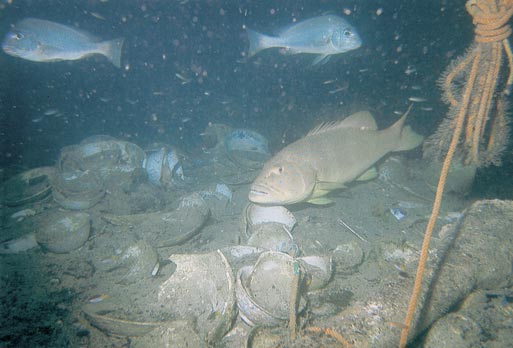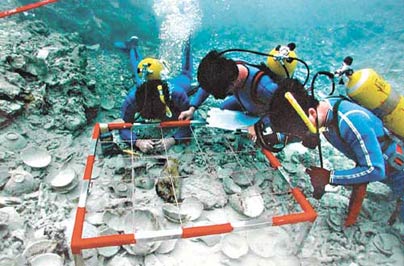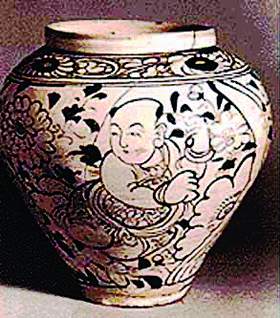Exploration of the Nanhai No.1
Updated: 2007-12-22 11:35
Nanhai -- Zhang Wei, director of the Underwater Archaeology Center of China and the lead archaeologist in the Nanhai No.1 excavation mission, devoted 20 years exploring this ancient shipwreck from 1987 when it was first discovered.

This September will be the 20th anniversary of the Underwater Archaeology Center of China. The Chinese underwater technology and equipment has already reached world development level, even better than that of South Korea and Japan. It was not easy for China to reach this level in only 20 years.
During a special interview with Global People, Zhang Wei recounted the history of China's underwater archaeology and the story of his exploration of the Nanhai No.1.
Nanhai No.1 will shake the archaeology field of China
The construction of the Nanhai No. 1 Museum, also called "China's Marine Silk Road Museum," will be completed by the end of this year.
The Nanhai No. 1 is believed to be a merchant vessel that operated between the southern Chinese region and the rest of the world. It was the first ancient vessel discovered on the "Marine Silk Road" of the South China Sea.

Green glazed porcelain plates, blue porcelain pottery and other rare antiques have been found during initial explorations of the ship. Archaeologists estimate that there are probably 50,000 to 70,000 relics on the ship.
The on-constructing Nanhai No. 1 Museum
China's underwater archaeology appeared together with Nanhai No.1.

The Underwater Archaeology Center of China was founded in 1987, and Zhang Wei was the first director of the center. Zhang graduated from the Archaeology Department of Peking University in 1982. Before founding of the Underwater Archaeology Center, he was sent to Holland to study diving.
There wasn't enough time to recruit additional team members when the Nanhai No.1 appeared unexpectedly in August 1987.
The Guangzhou Salvage Bureau under the Ministry of Communications and a British salvage company discovered an ancient wooden sunken ship off the coast near the Shangchuan and Xiachuan islands while they were searching for abandoned Dutch shipwreck of the 17th century.
They used grab buckets to dredge up more than 200 pieces of porcelain and metal wares, but all the porcelain was accidentally destroyed. The British sailors were excited and wanted to continue exploring. After receiving the report, the State Administration of Cultural Heritage ordered the British side to cease their operations.

When pieces of porcelain were shown to Zhang Wei, he guessed that the vessel was traveling on the "Marine Silk Road."
At that time China had not yet the means to undertake exploring such a huge shipwreck. In 1988 Zhang Wei organized the first underwater training and established an underwater archaeology team. He went to the USA for some short-term training under George Bass, the father of underwater archaeology, in 1989.
Salvage on the sunken ship started in November 1989. The ship was dubbed the "Nanhai No.1" (South China Sea No.1). Due to his simple equipment, he only reached one part of the ship and retrieved a piece of porcelain from it.
Research was suspended for ten years due to a money and labor shortage. But the Nanhai No.1 lived on in Zhang Wei's heart. In 2001 his team expanded into 40 members. Wei received HK$1.2 million from the Hong Kong Underwater Archaeology Association as a supporting grant. He also bought a map drawn by a British sailor who attended the 1987 salvage of the Nanhai No.1.
When they located the ship, they first drew an outline of the ship. They didn't enter the ship until March 2003. They opened a window and entered a little cabin of the ship. More than 4,000 delicate porcelains were found in a cupboard.
There are many precious porcelain wares in the ship, but to Zhang Wei, the ship itself is far more important than the porcelain it carried. There's few record of the shipbuilding technology 800 years ago in China. It's also rare in the world.
|
|
|
||
|
||
|
|
|
|

